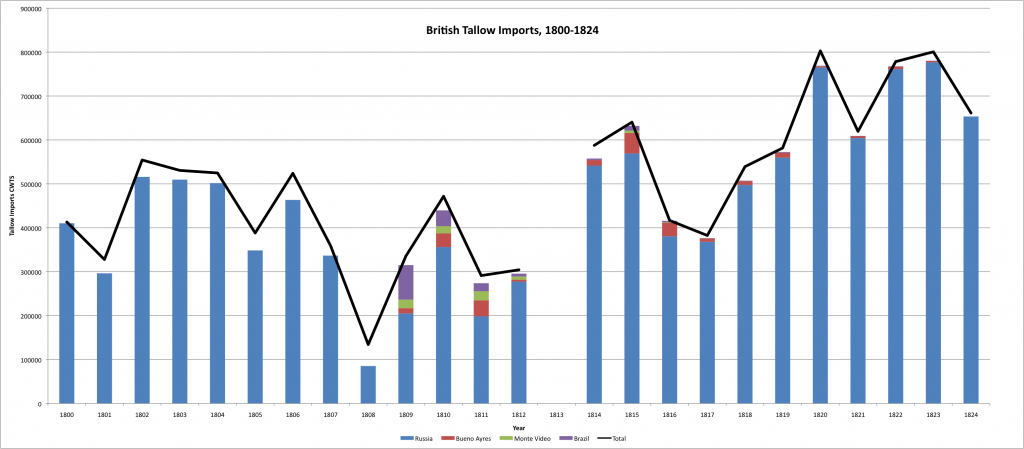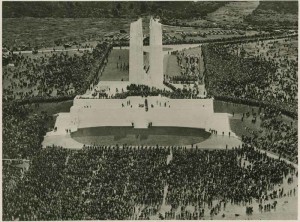How to Build a Macroscope
Timothy Bristow, a digital humanities librarian and Trading Consequences team member, and I are hosting a one day workshop on text mining in the humanities in the library at York University:
A macroscope is designed to capture the bigger picture, to render visible vastly complex systems. Large-scale text mining offers researchers the promise of such perspective, while posing distinct challenges around data access, licensing, dissemination, and preservation, digital infrastructure, project management, and project costs. Join our panel of researchers, librarians, and technologists as they discuss not only the operational demands of text mining the humanities, but also how Ontario institutions can better support this work. Read More





